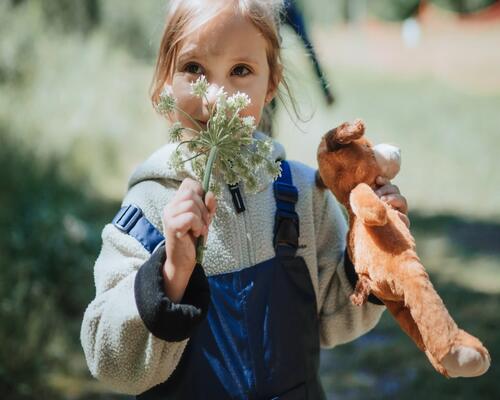Physiological carrying systems
This is the preferred system for daily carrying and it can be used from day one, given that it respects the baby's physiology and ensures that the carrier is comfortable. The baby is in a sitting/crouched position, weight on the buttocks, knees bent at about navel height, head supported in line with the spine.
CARRYING SLING
As the name implies, the system consists of holding baby using a fabric specifically designed to be both stretchy and durable through different ways of knotting the fabric.The sling can be used from birth and has no age limit. It can be used to carry baby on the front or on the back and is extremely comfortable. That said, it does take some getting used to. Be careful, the sling retains heat, so it is therefore not the best for summer!
PRE-FORMED BABY CARRIERS
A good compromise between ergonomics and convenience. They are quite compact and generally look like "backpacks" equipped with belts, shoulder straps and buckles. The most recent models also have "light" or ventilated versions that are specially designed for travelling and hiking. Although the "loading" technique takes a bit of getting used to, the installation is quick and the adjustments are intuitive and rapid! Small detail: the "hood" is very practical for supporting the child's head when he or she is sleeping. Allow between 300 and 600 g depending on the style–and the possibility of storing it the backpack if baby is a great walker!




